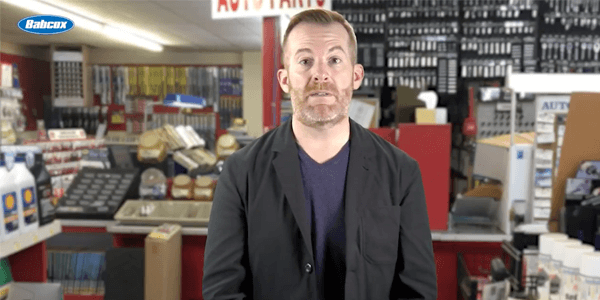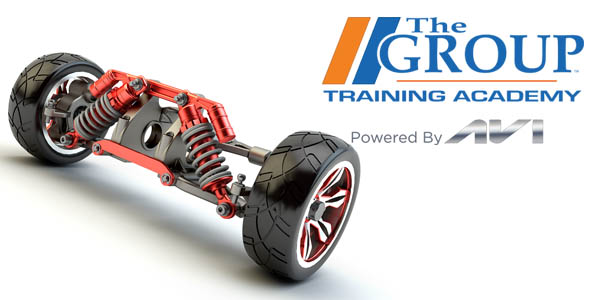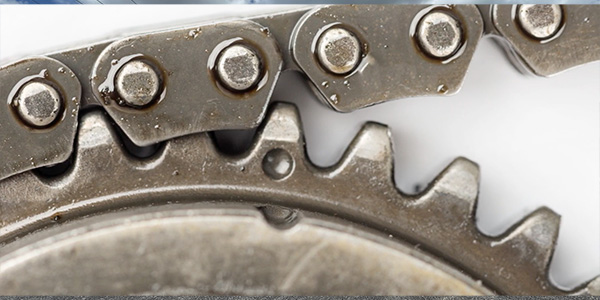This video is sponsored by FAG.
Wheel bearings. They make the world go ‘round. Most serviceable wheel bearings need maintenance every 25,000 to 30,000 miles, or during every brake service. But, the average life of a sealed wheel bearing and hub assembly is about 85,000 to 100,000 miles, without the opportunity for a technician to repack the bearings. As a result, your customer may only have one chance during a vehicle’s life to replace these parts. If you miss this opportunity, it may be gone forever. So when are bearings replaced? According to a recent Babcox Research survey, 51 percent of bad wheel bearings are identified and replaced as a result of a customer complaining about noise, 24 percent are found during a brake job, and 19 percent are discovered during an alignment. And what is the leading cause of wheel bearing failure? Its seal. The inside of a bearing can be a hot place. When a bearing is cooling off, the contracting metal, air and lubricant can create a vacuum that is hopefully held by the seals. If the seals are worn and can’t hold the vacuum, the bearing or sealed hub unit will suck in outside air, debris and water. In some parts of the country that use salt on the roads, it is almost as bad as ocean water on wheel bearings.
As these contaminants circulate through the grease and between the races and bearings, the components wear. Once a bearing is worn, the wear rate is accelerated by seals that no longer keep out contaminants, and increased heat may breakdown and eventually expel the lubricants. This is a slippery slope that could quickly lead to catastrophic failure. A word about why all of this is important: It’s about how much a wheel bearing is expected to carry. On a typical passenger vehicle weighing around 3,400 pounds, each pair of front-wheel bearings, as well as the rear-wheel or axle bearings, support around 850 pounds, depending on the weight balance and driveline configuration. If it’s a 6,000-pound SUV, each bearing might carry about 1,500 pounds. This load is concentrated on the relatively small bearing surfaces. It’s all the more reason that a good set of quality bearings is essential for vehicle safety, customer happiness and few comebacks. I’m Mark Phillips. And thanks for watching.








